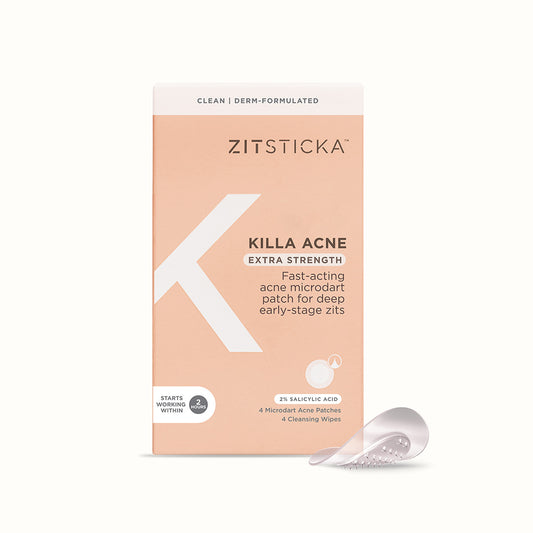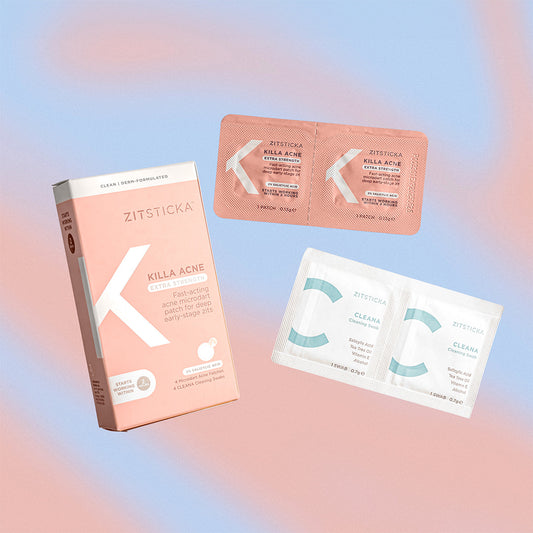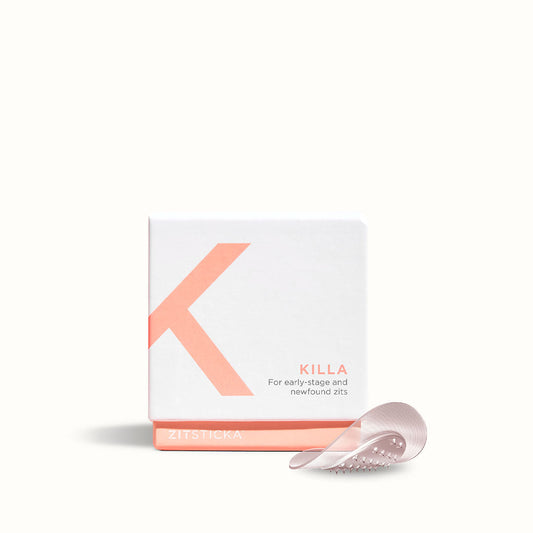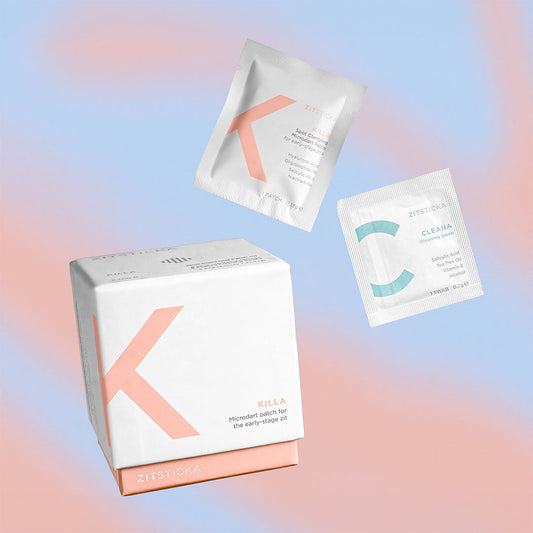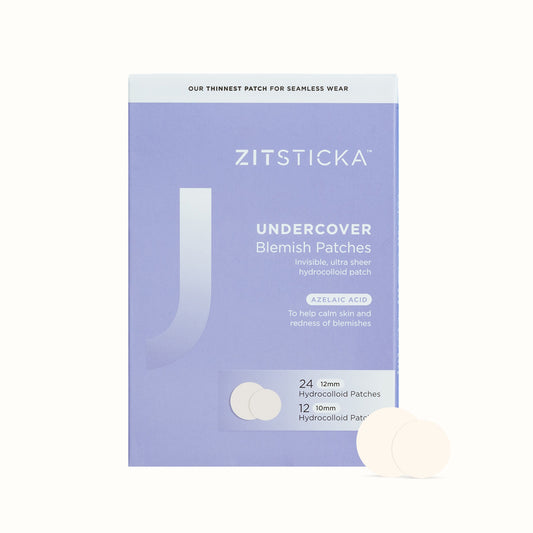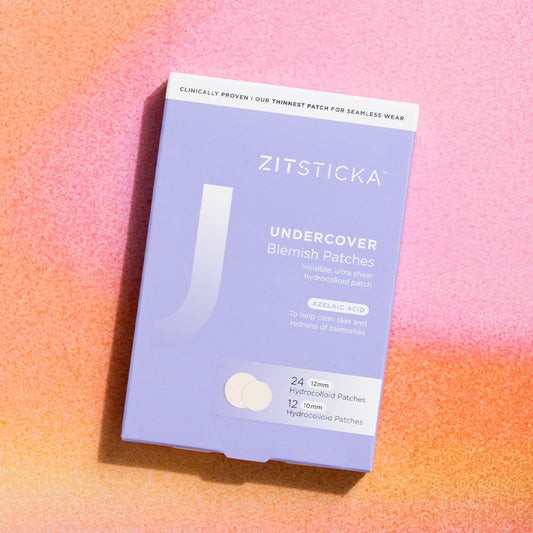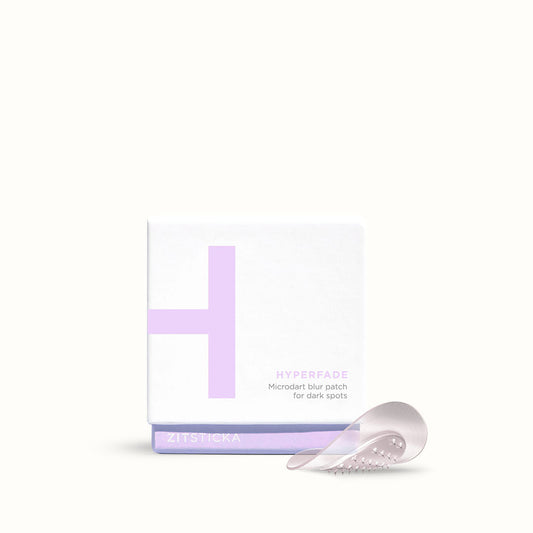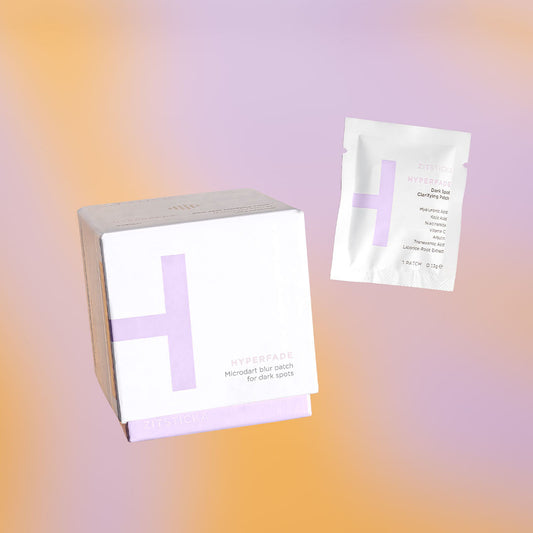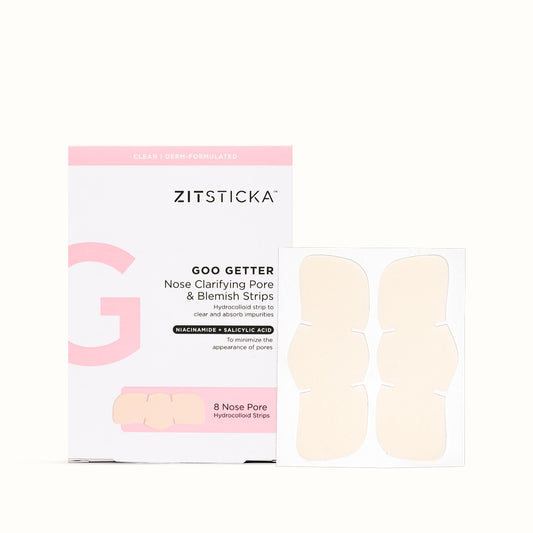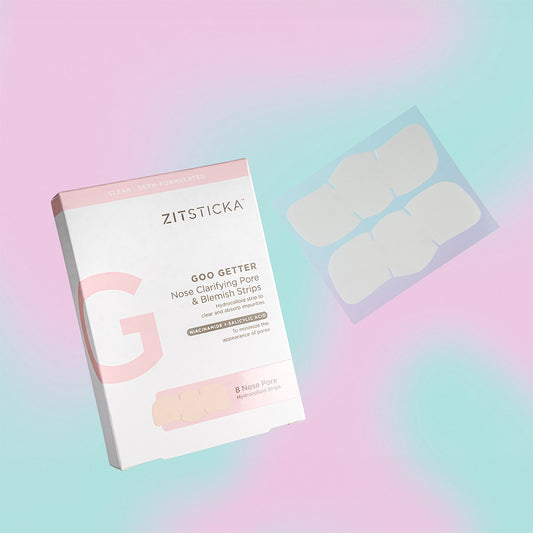By: Madeleine Woon
It recently came to my attention that I haven’t always extended the same level of care to my body as I do my face. And it shows. While my visage glows, my legs are prone to desert-like dryness, my knees aren’t as supple as they once were, and my arms and legs can sometimes be seen sprouting tiny bumps that aren’t all that dissimilar in appearance to your classic pimple.
The skin on our body isn’t entirely cut from the same cloth as our face, but it’s still deserving of a tailored skincare routine to keep it looking its darndest. Two common yet annoying af skin conditions, chicken skin and strawberry legs, respond especially well to a bit of extra love in the skincare department.
Let’s get acquainted with both before we talk through your new skincare routine, starting with the least cute sounding of the two…
Chicken Skin

As apt as it is grossly visceral, the term ‘chicken skin’ refers to tiny and harmless but nonetheless unappealing bumps on the skin. Medically referred to as keratosis pilaris, you’ll know you’ve got it if your skin appears as if plagued by a particularly stubborn case of goosebumps—or as its street name suggests, the skin of a freshly-plucked chicken. Like sandpaper to touch, the often light-colored bumps will usually appear on your upper arms, thighs, and butt, sometimes accompanied by redness and swelling.
An incredibly common skin condition, chicken skin is, in simplest terms, a blockage of the hair follicles. "The skin just creates a buildup of a protein called keratin—the same building block for hair, skin and nails—and the keratin creates a plug that blocks the hair follicle, which leads to the little bumps," explained New York City dermatologist Rachel Nazarian, MD, of Schweiger Dermatology to Vogue. "The plug can also trigger inflammation in the skin, which is what causes the redness around each hair follicle."
Chicken skin is common in people with dry skin, eczema, hay fever, obesity, women and people with celtic ancestry. It is often worse in the winter and less noticeable in the summer. Arid climates and dry skin worsens it, as skin cells shed less frequently when they are dry, and higher humidity levels and sunlight are believed to help to subdue it.
Strawberry Legs

Don’t let the saccharine sweet name fool you, this is a cute name for a not-so-cute (but also very common) situation. If you’ve ever noticed small, dark spots on your legs that resemble the seeds of a strawberry after you shave, then it’s likely you’ll know what we’re talking about. Although, while the name refers to a singular appearance, it’s actually an umbrella term for a handful of different conditions. Shaving, especially with dull old razors or without the assistance of a lubricant, can cause strawberry legs. Razor burn can cause folliculitis to develop, which occurs when the hair follicle becomes inflamed, and sometimes infected. It can either be the result of the aforementioned shaving gone awry, other hair removal treatments, or exposure to: bacteria, yeast, or fungus. Clogged pores can also cause the appearance of strawberry legs. The skin on your legs contains literally thousands of pores, and they can become clogged with bacteria, dead skin and debris. When the oil inside the clogged pores is exposed to air, it oxidizes and turns black. Cah-ute!
The One Routine to Rule Them All
Dry brush (gently!). When done properly, dry brushing is an easy way to exfoliate KP problem areas as it encourages cell turnover, which in turn helps unclog some of the hair follicles. Just repeat after me, though: we’re not here to scrub the bumps away, this will just make them more mad. Same goes for strawberry legs. Although in this instance it’s more of a preventative measure—you’re going to want to do a once over with the dry brush a day before shaving.
Exfoliate. My recent revelation that I wasn’t really taking good enough care of my body skin was largely to do with the fact that I never (and I mean never) exfoliated anywhere south of my face. Then my lord and saviour, FIZZ FOUNTAIN, arrived on the doorstep. Now exfoliating is a part of my routine, just as green smoothies and scolding myself for checking my phone first thing in the morning are. Better late than never, especially considering how imperative it is for treating and preventing the two pesky conditions above. “Exfoliation can be very effective in preventing strawberry legs because it helps to soften the skin and loosen up the dirt and oil that’s already in your pores, which helps to prevent that dirt and oil from getting trapped in your pores when you shave," says licensed esthetician Ali Tobia. Similarly, a gentle exfoliation is exactly what the doctor orders for all those suffering from chicken skin.
Fizz Fountain combines the best of physical and chemical exfoliation—glycolic, salicylic, and lactic acids (chemical), alongside fine pumice grains and bamboo step (physical). A lethal combo for skin conditions, it sloughs away dead skin cells to keep pores unclogged, calms inflammation, renews the skin’s surface for a fresh feel, and eliminates signs of bumpy patches. It also kills zits, but that’s a story for another day.
Find a good body wash. Another simple but very effective way to help treat chicken skin and strawberry legs is to swap out your usual shower gel for something a little more targeted. Packed with prebiotics, probiotics, postbiotics, tea tree oil AND omega fatty acids, and formulated without fragrance, SILK SHAKE is here to help the good bacteria flourish and to calm inflammation. Ideal for dry skin and eczema, aka those prone to these conditions.
Moisturize. Moisture is key, especially when the temperatures drop and air becomes more arid. Anything that dries out skin can make chicken skin and strawberry legs more noticeable. When looking for lotions and creams to slather on, a combination of humectant, emollient, and occlusive ingredients make for the most effective moisturizers. So, your ceramides, shea butter, petrolatum, dimethicone, glycerin, and hyaluronic acid, as well as anti-inflammatory properties, like aloe and niacinamide.
Avoid tight clothes. Wearing tight clothes can cause friction that can irritate the skin, further exacerbating these skin conditions.
SPF. Just do it, mmkay?
Do you actually know the differences between the skin on your body and the skin on your face? Don't answer that! Just click here.

